A hospital due to open near Glasgow in 2031 provides a blueprint for the government’s revamped programme which could see 40 hospitals opened by the end of the next decade, says Paul Cooper, director at Wallace Whittle
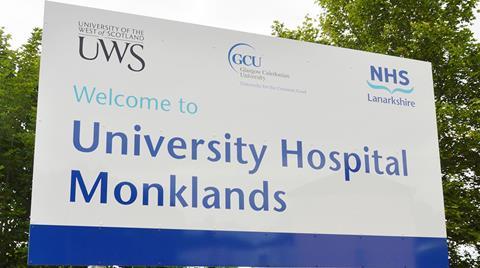
The government’s revamped New Hospital Programme (NHP) represents a critical opportunity in healthcare infrastructure. With a revised target to deliver 40 hospitals by 2039, the £15bn initiative seeks to rectify past shortcomings by prioritising technological integration and future-proofing.
The plan is intended to make “best use of technology… ensuring future hospitals are designed to meet the needs of patients and staff.”

This feels like an exciting chance for the country’s construction sector to show its ability to innovate and deliver a once-in-a-generation upgrade to health facilities that will stand the test of time.
Perhaps the first modern blueprint for this work in the UK is New University Hospital Monklands, based in Airdrie, near Glasgow. NUHM which, while not one of the hospitals included in the NHP, will be one of the UK’s first “digital-first” hospitals, and had a very clear future-proofing mandate from the Scottish government.
Slated for completion in 2031, it offers some worthwhile lessons as something of a pre-cursor to the NHP getting underway.
Bringing ‘digital-first’ to life
The NHP’s emphasis on ensuring top-quality facilities for patients and staff well into the future was a key element of the NUHM design, too. Flexibility, efficiency and robustness are guiding principles of the NUHM project, built around the advantages offered by digital technology.
The scale of integrating digital systems into hospital infrastructure is enormous. The NUHM design hinges on unifying disparate systems – among them heating and cooling systems, plant and equipment monitoring, nurse call, bed booking, and security – into a single interface.
This is not just about integrating technology, but ways of working, processes and even nomenclature. When you think about the kaleidoscope of jargon and acronyms across the various disciplines required for a project of this kind, it’s easy to see the scope for inefficiency and costly errors if the various experts don’t first agree on communication and terminology.
Planning future expansion means selecting solutions that can evolve with technology advances
The project’s IT backbone needs to handle vast quantities of data while maintaining robust cybersecurity. Hospitals are high-stakes targets for data breaches, which means that security protocols and access controls have to be set early.
Planning future expansion means selecting solutions that can evolve with technology advances. Incorporating several review points over the project timeline also means technical elements can be considered in the context of any new developments.
Take the heating systems at NUHM, for example. Air source heat pumps are the primary heating method for the new hospital, and technology in this area is moving fast. The review points have meant that updates have already been made to take advantage of newer, more efficient systems.
And obviously we can’t mention technology in 2025 without mentioning artificial intelligence. Spare capacity has been built into the IT, power and mechanical infrastructure from day one to accommodate the advantages that AI can bring to a digital-first hospital.
Some of these offer considerable efficiency and resilience gains, such as managing energy use and scheduling maintenance to patient monitoring and critical safety alerts.
Resilience as a non-negotiable
Hospital resilience has been planned according to specific care settings or operational requirements of the site – with additional resilience built in to the most critical systems. NUHM uses multiple back-up systems: medical gases feature primary, secondary and tertiary supplies, while dual power feeds and generators ensure uptime during outages.
Ventilation facilities use multiple fan systems or redundant air-handling units, and data networks route through diverse pathways to mitigate single-point failures.
Medical advances mean that fewer gases are actually in use now, so the design reflects this.
The large-scale heat pump system has been developed using computational flow dynamics (CFD), a computerised gas flow modelling technique, to avoid unintentional inefficiencies.
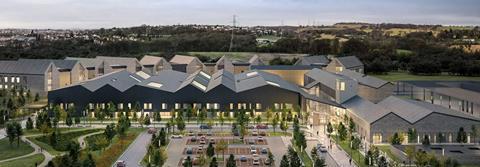
Balancing standardisation and innovation
With any large-scale project it is important to be able to balance efficiency with innovation. Where appropriate, NUHM takes advantage of modular systems while employing digital-twin methodology to monitor and control real-time patient care settings, running costs and maintenance requirements.
For example, standardised rooms have been developed throughout the hospital. Not only will this allow for simpler construction but it also creates a familiar working environment for the clinicians who will treat patients there.
Offsite construction will be used for bathroom pods, modular building services frames and other elements which can contribute to a more efficient, safer and cost-effective build.
Collaboration from day one
I have already mentioned the importance of bringing together the expertise and input of professionals from across the project spectrum. We have also been able to learn from similar projects in other sectors.
There is tremendous benefit in the experience of specialists which have integrated systems in university buildings, for example, as well as smaller hospital projects and larger scale healthcare construction. The United States and Scandinavia in particular offer lessons on how these kinds of multi-disciplinary projects can be delivered with the added complexity of advanced technology systems.
What NUHM means for NHP
The NUHM project underscores three imperatives for the NHP:
- Early integration: Embed digital specialists in design teams to standardise terminology and highlight technology requirements.
- Flexible infrastructure: Modular MEP systems and iterative reviews means it is possible to plan for future developments while making use of available technology now.
- Resilience by design: Prioritised redundancy and disaster recovery to maintain operational efficiency.
We don’t doubt there are more lessons to learn on NUHM, and more to come as the NHP gets into its stride. The importance of collaboration across disciplines and industries cannot be overstated, flowing as it does into iterative design, and balancing innovation with standardisation.
It can surely only be good news that the UK will start to see more modern hospitals replace legacy facilities which are approaching and even beyond the end of their operational lifecycle. We see this as an exciting time to be in the construction sector, which has the talent, expertise and experience to build the kind of modern hospital estate that can take the NHS well into the future.
Paul Cooper is a director at Wallace Whittle, the MEP partner for the New University Hospital Monklands project







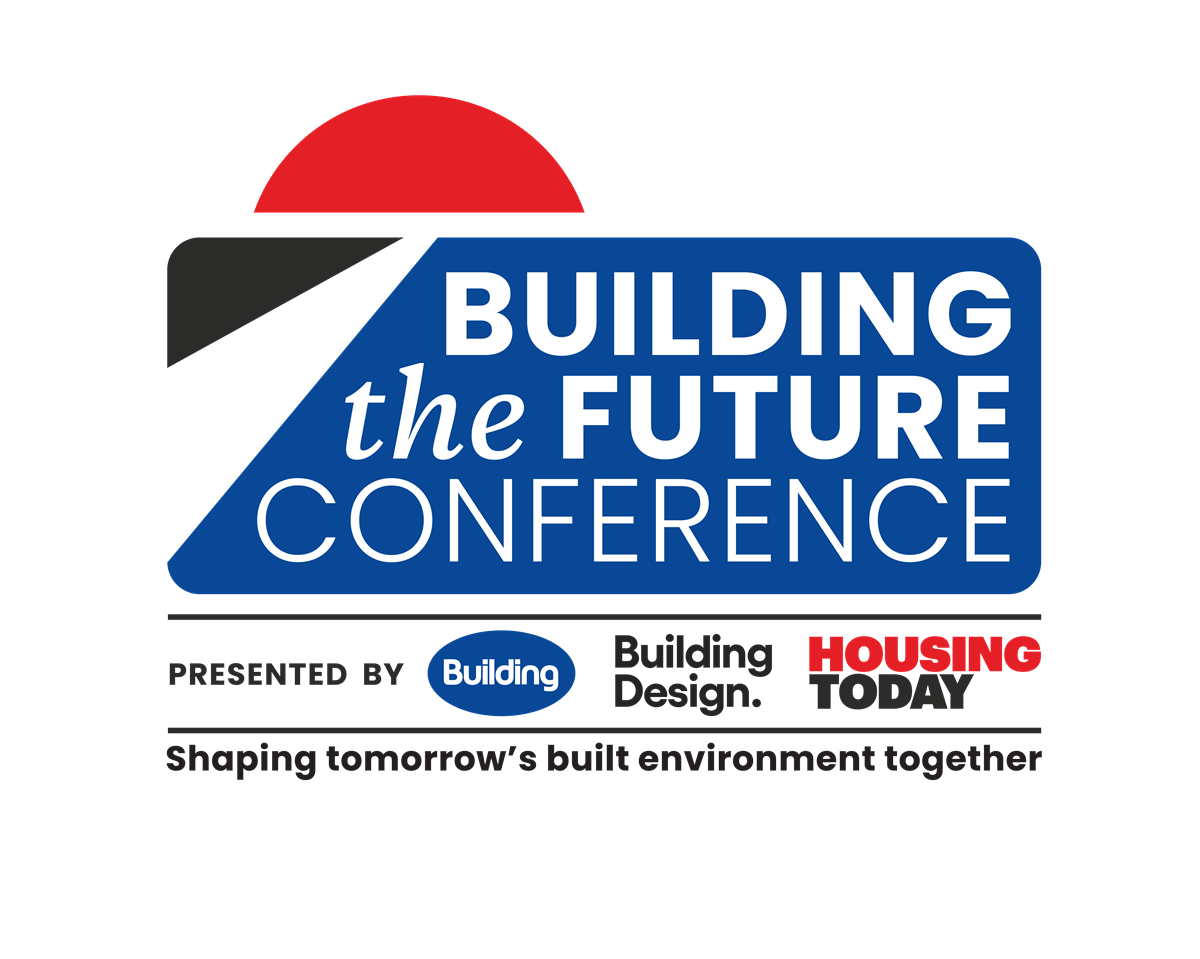
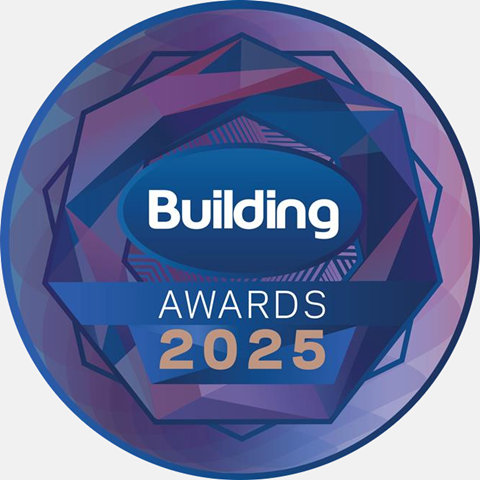
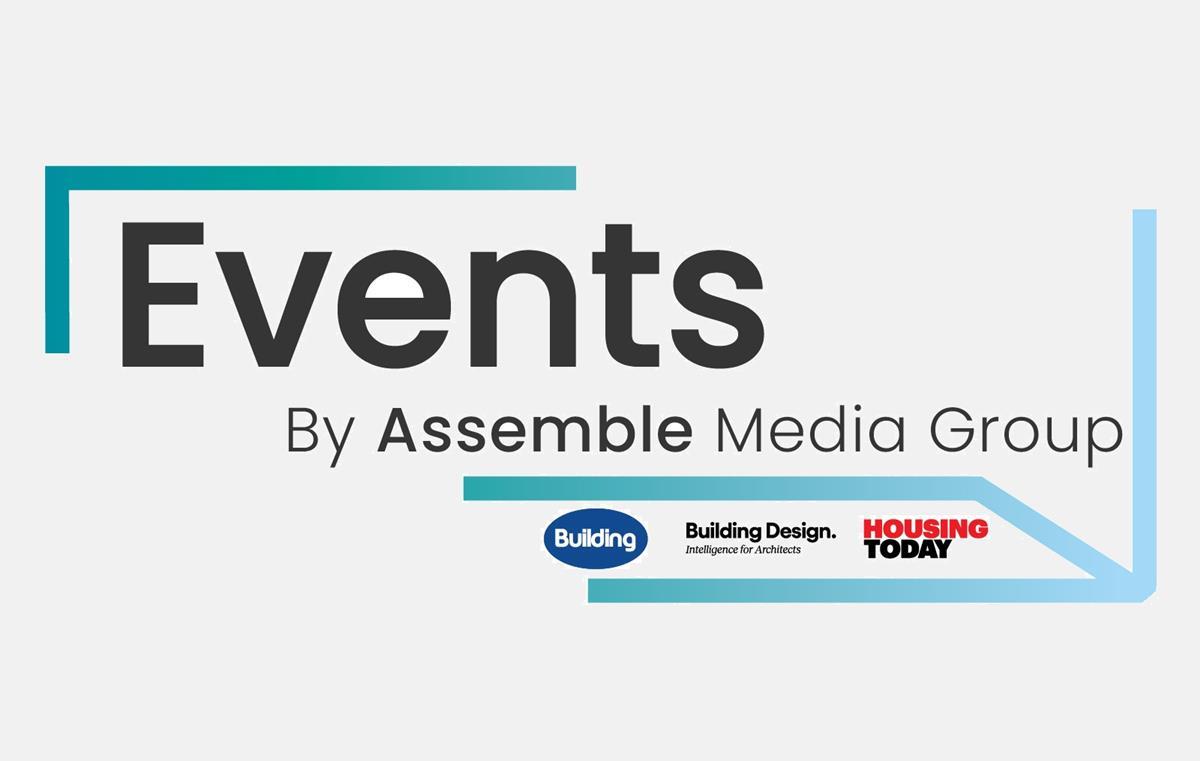





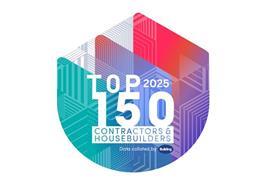
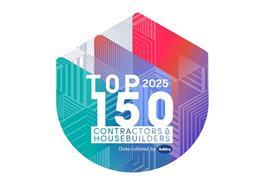
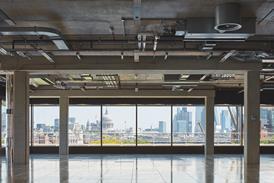
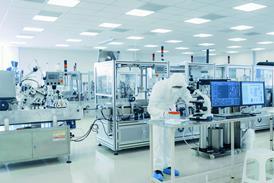
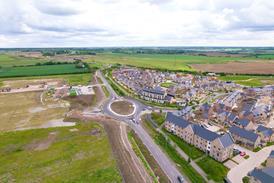







No comments yet